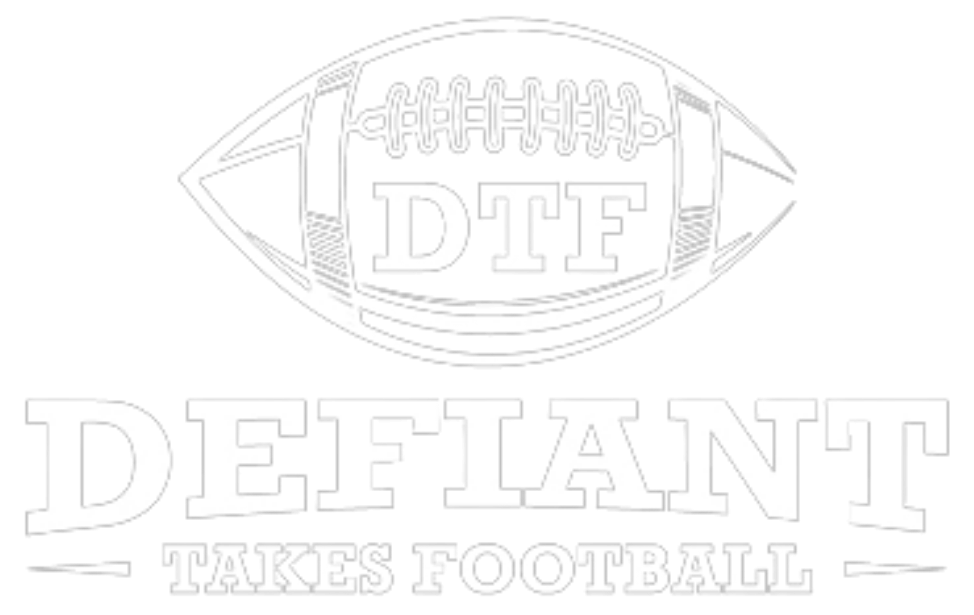When you think of the face of the opioid crisis, several things may come to mind, but likely none of them would be a professional football player. They have team doctors, enough pay to get the best medical care money can buy, they’re young and healthy, and they can relax during the off-season. For whatever reason we may come up with, we just don’t perceive NFL players as being prescription pain drug addicts.
The truth is that the opioid crisis has impacted almost every single one of us, and no one is safe. That includes athletes, especially professional football players. They put their lives and limbs on the line each and every game day, sustaining a superhuman amount of trauma to their bodies that no person can prepare for.
When a professional football player is in pain, is it feasible for them to sit it out? Rest until they naturally feel better? Maybe take a cool shower in the locker room and put an ice pack on that knee? Absolutely not! If you don’t play, they’ll find someone who can. There’s always someone else waiting for your spot. Not everyone can be Jack Youngblood and play through a broken leg; most of us have pain receptors.

Former Rams DE Jack Youngblood (85) pursuing Terry Bradshaw during Super Bowl XIV with a broken leg – Bettmann/ Bettmann Archive
How Professional Football Gave Too Much of a Good Thing
What do we do then? Turn to the drugs that the rest of society is using to get through the day, of course. You don’t have to play through the pain if you can’t feel it. Will that make the injury worse? Can the long-term impact of using Toradol routinely hurt you? Does any of that matter? Again, absolutely not. You’re a professional football player playing right now for the seasons you can hold up for, and then you’ll deal with the consequences for the rest of your life.
After all, it’s game day in October. And you’re a professional football player. Everyone hurts in every spot by then. ESPN Writer and former football player Matt Bowen gave us a sneak peek from personal experience at what the training room looks like that far into the season. As he so eloquently states, “Drop your pants and wait for the needle. It only stings for a couple of seconds.” All “Vitamin T” shots are injected into the buttocks.
As a strong safety, Matt Bowen relied on an injection per game for the last three seasons of his seven-year career. Everyone did. Get in line for your Toradol shot. As Bowen points out, it won’t take away the pain, but it’ll take the edge off, and that’s good enough.

Former Bills S Matt Bowen – Mark Konezny/NFLPhotoLibrary
Just beware that the following day, your injured body part(s) will hurt more than you ever thought. And then, you’ll need to take all of the pain pills the team’s medical staff will prescribe to you. But that’s another story for another day. For right now, we’ll just stick with this shot.
After all, it doesn’t require a prescription. Easy access. So easy that there was a whole lawsuit over it (a story for another day). Toradol got a bad wrap in the press, and so some NFL teams at least pretended to nix it, but some players were jonesing for it so badly they had to keep a little around. Just pretend like you’re not lining up; it looks bad. Not too many shots, though, guys; it could make you more susceptible to brain trauma on the field and kill your kidneys. Now bend over.
For more injury-related articles mixed with scathing social commentary, look here.








